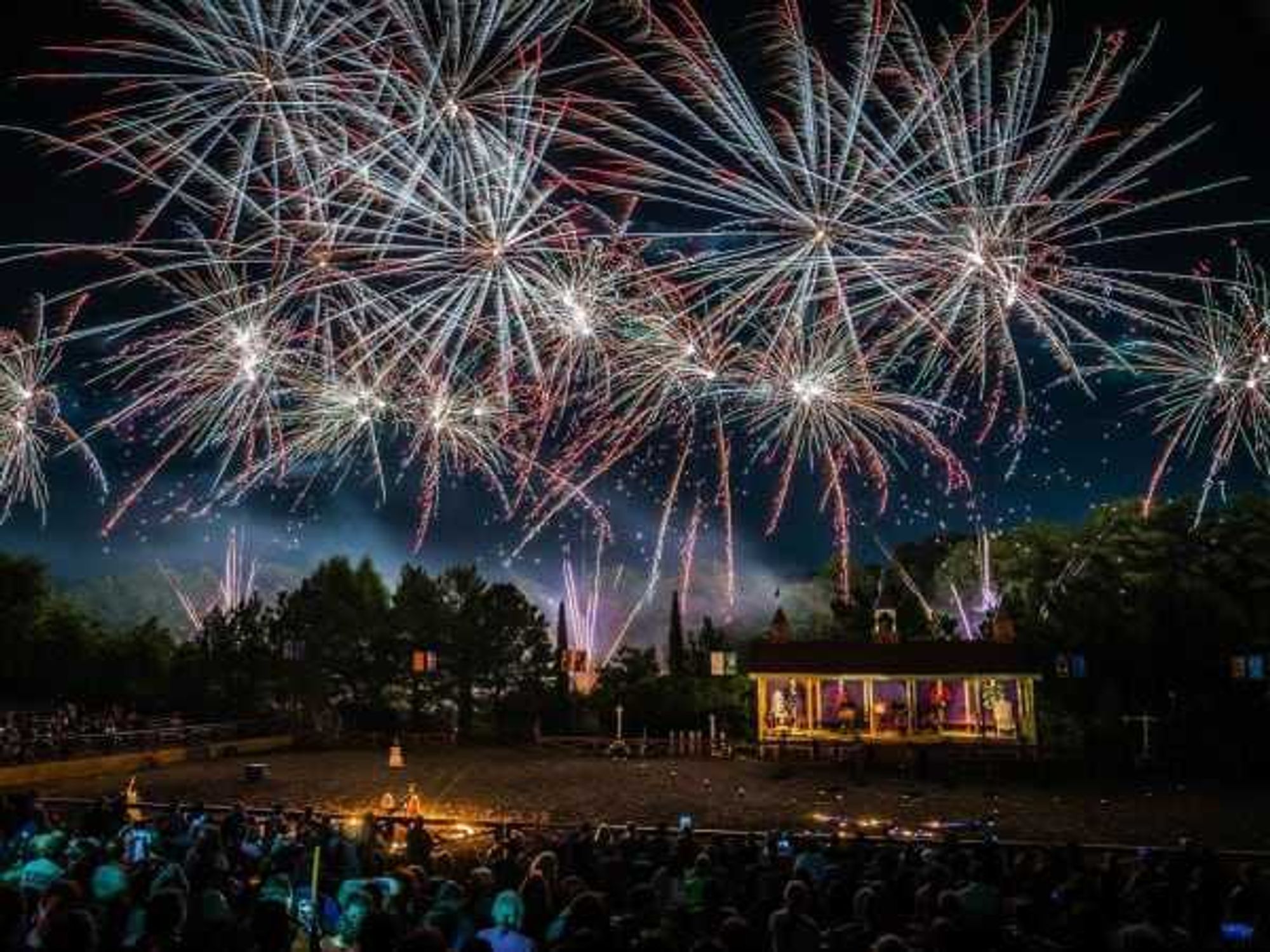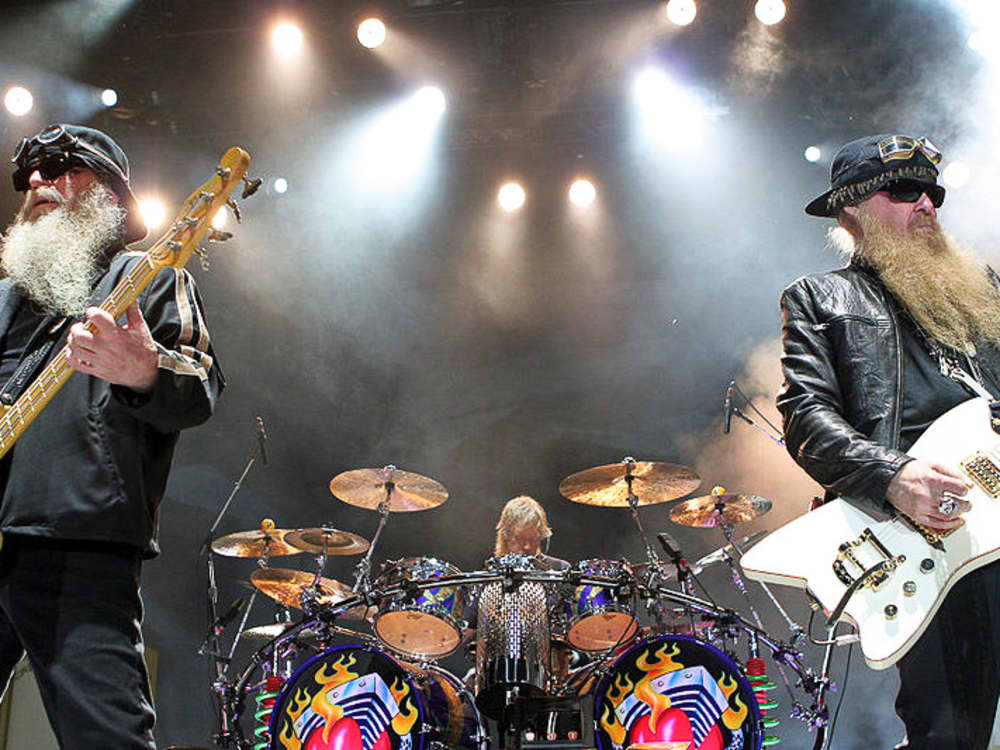 The sharp-dressed men of ZZ Top
The sharp-dressed men of ZZ Top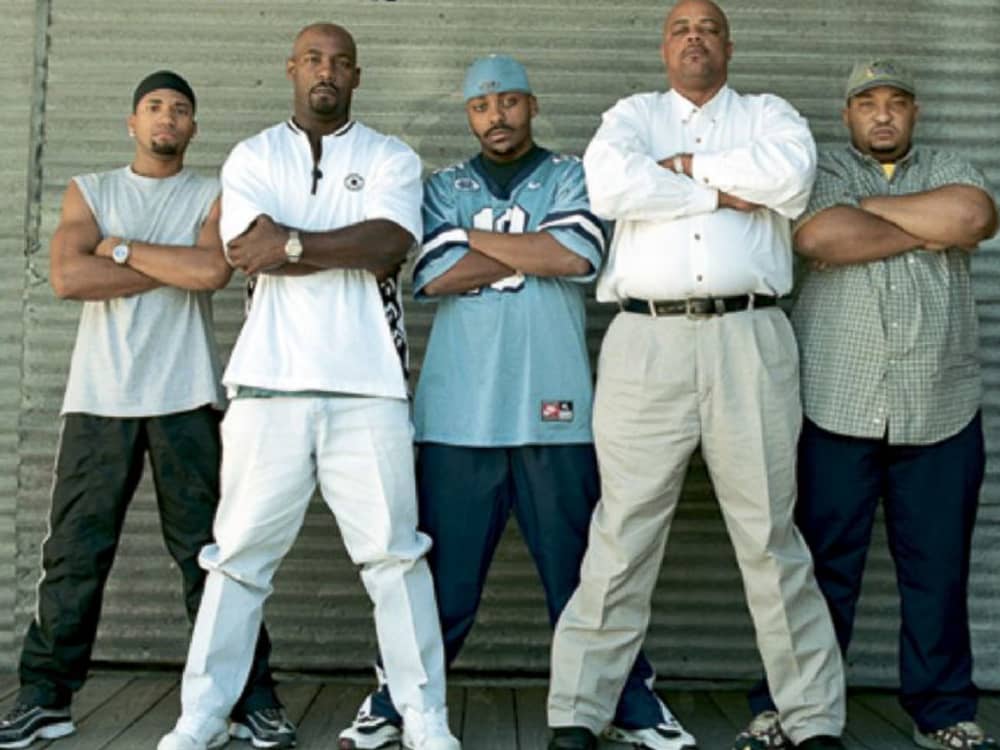 Lil' Brian and The Zydeco Travelers
Lil' Brian and The Zydeco Travelers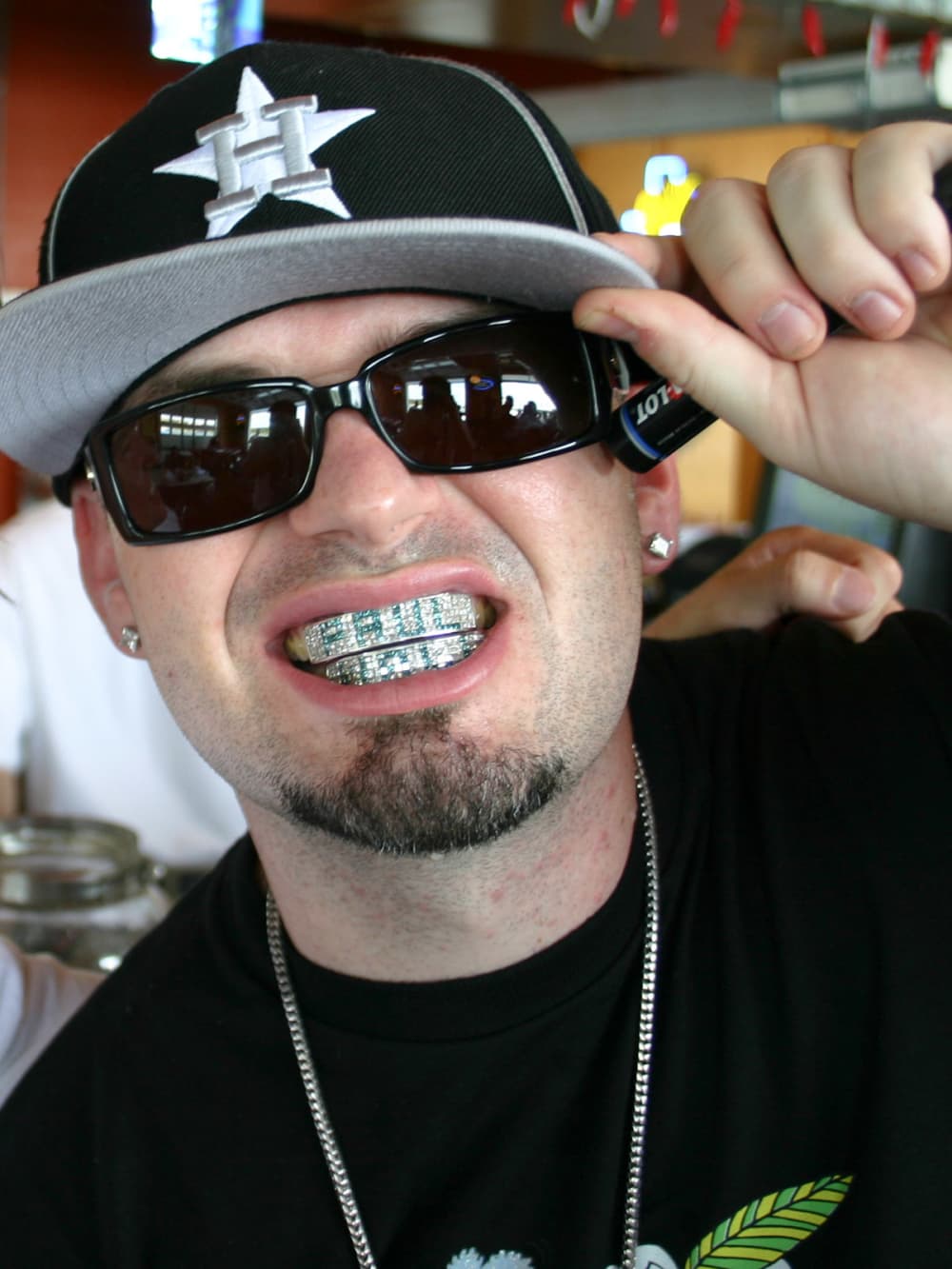 Rapper Paul Wall
Rapper Paul Wall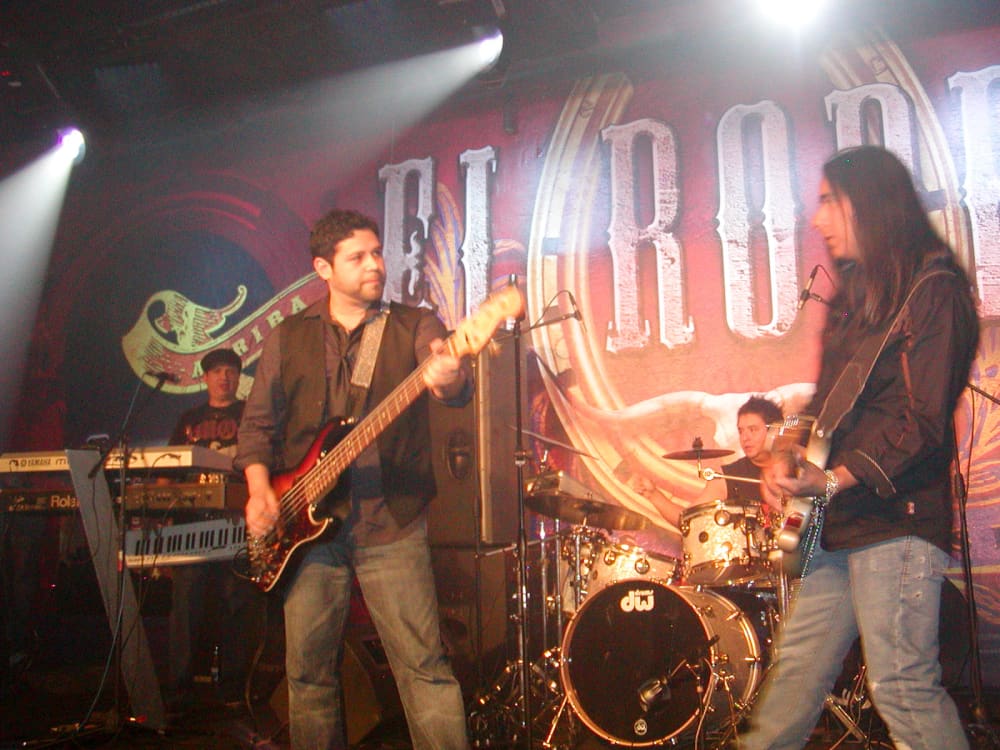 La Mafia in concert
La Mafia in concert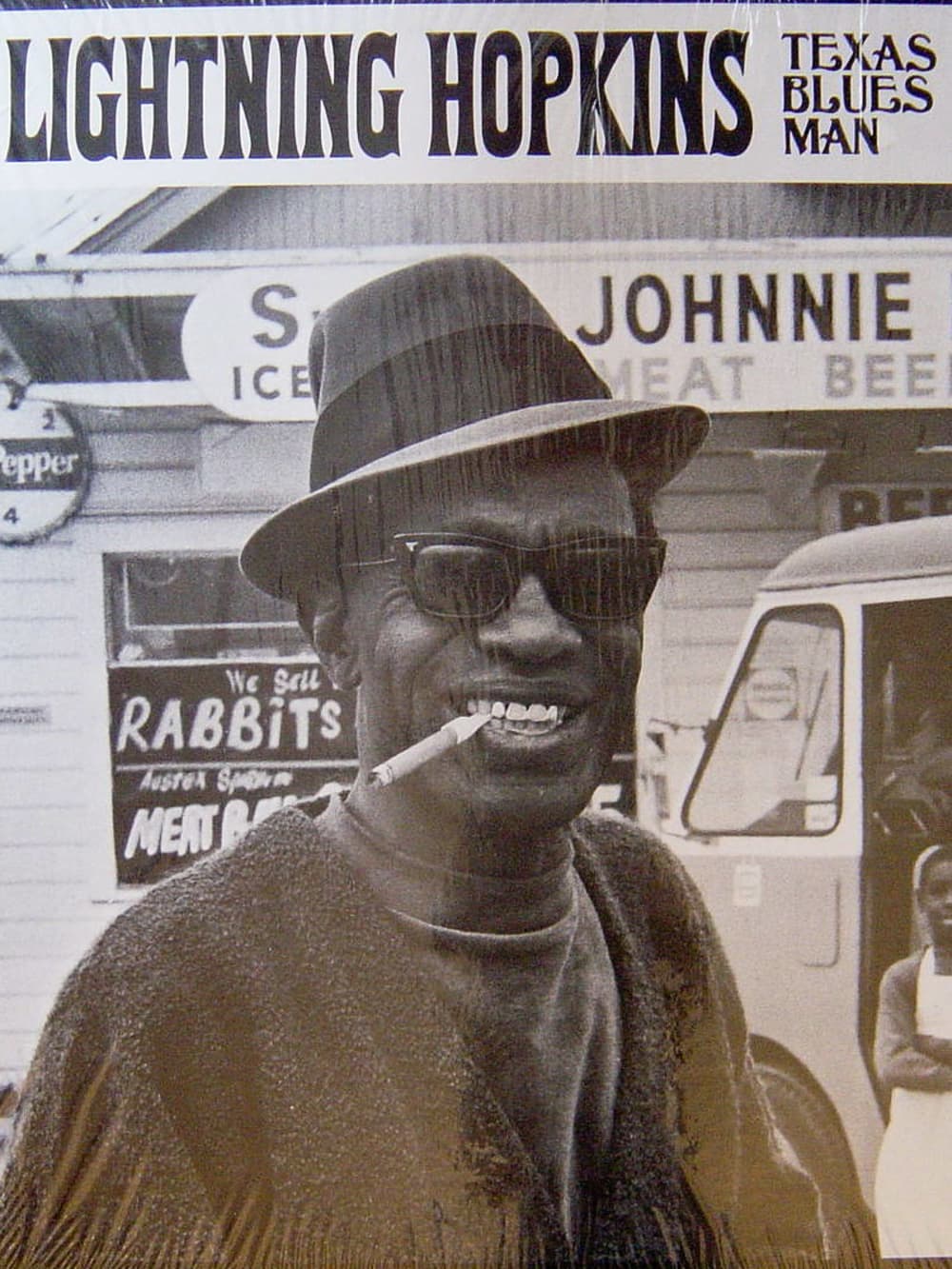 Blues legend Lightnin' Hopkins
Blues legend Lightnin' Hopkins
It doesn't have the flash of Los Angeles, the celebrated pedigree of Nashville or Memphis or even the cool points of our Texas sibling city, Austin. But perk up your ears. There is a diverse mix of rub board scratching, 12-bar riffs and amplified guitar squeals coming from clubs, icehouses, juke joints, garages and backyard get-togethers in all directions of the Bayou City. The music being played here is as culturally diverse and unique as those playing it.
That, my friends, is the sound of lineage.
H_Town rap? The genealogy stretches from originators like the Geto Boys to current hit-makers Paul Wall and Slim Thug.
Rock 'n' roll? We can start at the beginning with Buddy Holly or skip to the present with the boogie-blues of ZZ Top and the dreamy angst of Blue October.
Tejano? La Mafia.
Texas-country? Lyle Lovett.
Folksy singer-writer? Rodney Crowell.
You give me a genre and I will cite you a Houston contribution.
To trace the area's music roots, many would pinpoint the early 20th century influence of Zydeco music on Houston’s blues, jazz and Tex-Mex traditions. The Handbook of Texas Music, however, focuses on the traditional and informal singing of German immigrants of the 1830s as they boated between Galveston and Houston — a century before Zydeco music was born.
These musical refugees, often coordinated into vocal groups combined with violin, brass horns, guitar and piano, eventually made their way to Kessler’s Arcade in downtown Houston (once located on Travis street between Preston and Prairie). It was here that the backbone of everything from regional jazz to classical evolved.
Our Houston music tour shifts to the Fifth Ward, where Zydeco flourished. In the 1920s this area of town was inhabited by Creoles of French and Spanish descent who came from Louisiana. The culture, characteristics, accents, cooking and burgeoning Zydeco music (a mix of jazz, blues and Creole/Cajun “la-la” music) so distinguished the neighborhood from the west of Houston that it was originally dubbed Frenchtown.
Back then, the places to be on a Saturday night were the Silver Slipper or the Continental Zydeco Ballroom to hear Clifton Chenier get the house jumping with help of an accordion, washboard, guitar and occasionally a fiddle.
The Houston blues tradition took hold in Third and Fifth Wards. In the 1950s, nationally prominent blues artists flourished in the midst of these historic African-American and Hispanic neighborhoods. Local legends like Clarence “Gatemouth” Brown and “Lightnin’” Hopkins gained international acclaim recording for Houston-based Peacock Records and packing clubs like the Eldorado Ballroom and Shady’s Playhouse.
The map to these music time capsules still exist today at the Continental Zydeco Ballroom on Collingsworth and the Eldorado Ballroom, right where Hopkins left it at the corner of Elgin and Dowling. According to Houston blues historian Roger Wood, neither place functions as a concert hall any longer, but both original buildings still stand. (Project Row Houses now owns the Eldorado Ballroom and has renovated the building.)
There are other markers to note on a musical trek through Houston. In the '80s, Richmond Avenue was thriving with live rock, blues and jazz. The myths about President George W. Bush partying on the Richmond strip as a young man are local urban legends.
By the '90s much of Houston’s club scene migrated to Washington Avenue and into Rockefeller's, the Satellite Lounge and the Bon Ton Room. And if you wanted rock with an off-kilter bite, you could catch a show at Numbers in Montrose. (You still can.)
Today live music in Houston is scattered around the Warehouse District (Warehouse Live and Meridian), Montrose (McGonigel’s Mucky Duck, Rudyard's), the Heights (Fitzgerald's, Dan Electro’s Guitar Bar) and southwest Houston (The Firehouse Saloon).
Together, here at CultureMap, we will make the rounds and talk about all things music along the away. Let’s get to it.
A couple of quick hits
Coolest Houston band du jour: The Springfield Riots
With an emphasis on reverb, luring songscapes punctuated by walls of sound and healthy dose of youthful cynicism and sarcasm, the band known as the Springfield Riots is generating some of the coolest sounds in the city. The group is putting the final touches on its debut album, but a sampler EP, “Say When,” offering a preview of their delightfully unbalanced song experiments is available at Cactus Music & Record Ranch.
DJ Hero worship
I stopped by Best Buy recently and passed by two guys playing “DJ Hero” - the latest version of “Guitar Hero” interactive music playing game – on an enormous flat-screen TV. I haven’t been much of a video game player since college, but after a few minutes of watching these guys earn points by scratching faux records, adjusting their crossfade from song-to-song and reworking tunes by Eminem and the Black Eyed Peas on the fake turntable controller, I longed for it. It's hard to resist the temptation to waste a few hours pretending to be stage backing the Beastie Boys or Linkin Park. But my girlfriend wouldn't allow it.
Everybody wants to be a rock star.
The Down-Lo(ad)
I'll always end my end my column will with a suggestion of one (or more) places on the Web offering music lovers an outlet for new tunes that costs less than the electricity to run a computer. Sometimes the focus will be Houston. Sometimes I might broaden my scope to Texas music. Occasionally, it might originate far away from the Lone Star State, but is simply too cool not to get the word out.
For this debut column, it only seems appropriate to start with a staple that should be a part of every Texan's musical diet. Radiofreetexas.org is exactly what it sounds like: An endless jukebox of music roots, folk, rock, country, alt-country, cowpunk and every other genre that ever crossed the state line.
This is a place to learn-by-listening about regional music before settling on a band to actually invest money in.
Enjoy.
